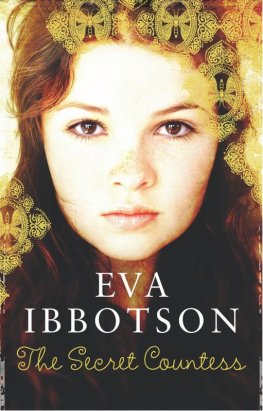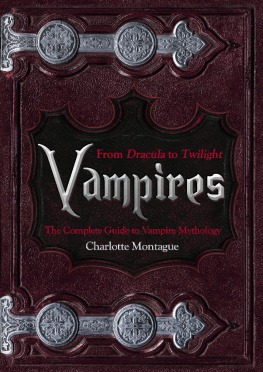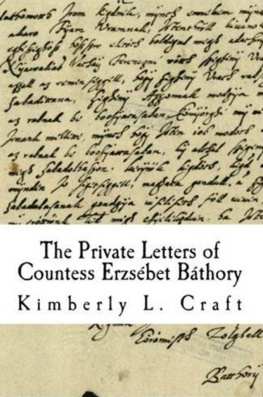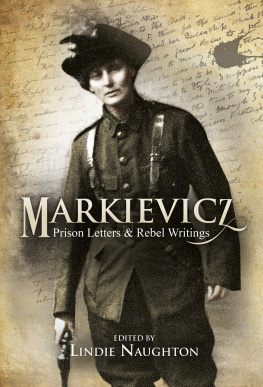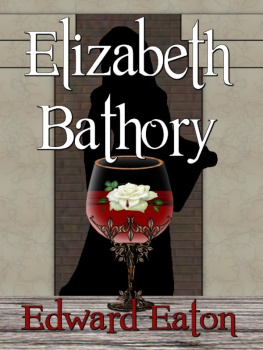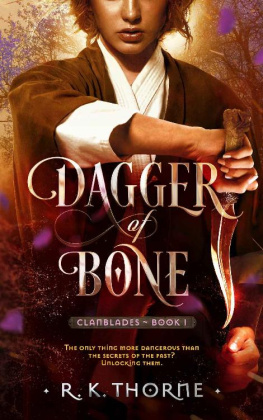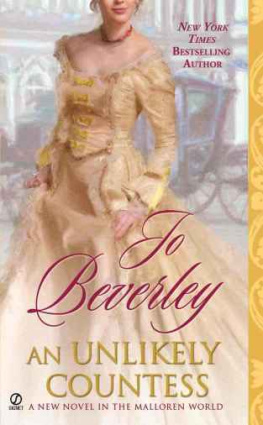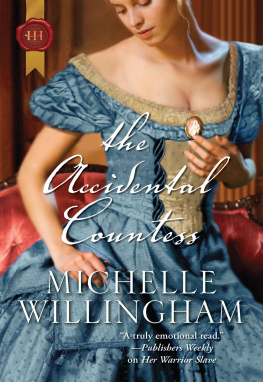
This electronic edition published in 2012 by Bloomsbury Publishing Plc
All rights reserved. You may not copy, distribute, transmit, reproduce or otherwise make available this publication (or any part of it) in any form, or by any means (including without limitation electronic, digital, optical, mechanical, photocopying, printing, recording or otherwise), without the prior written permission of the publisher. Any person who does any unauthorised act in relation to this publication may be liable to criminal prosecution and civil claims for damages
First published in 1997 by
Bloomsbury Publishing Plc
50 Bedford Square
London
WC1B 3DP
Copyright 1997 Tony Thorne
The moral right of the author has been asserted
A copy of the CIP entry for this book
is available from the British Library
ISBN 978 1 4088 3365 0
www.bloomsbury.com
Visit www.bloomsbury.com to find out more about our authors and their books
You will find extracts, author interviews, author events and you can sign up for newsletters to be the first to hear about our latest releases and special offers
For Franoise, Ccile and Mathilde. Girls who died.
Contents



Hungarian | Slovak/Croatian | English equivalent |
a | o as in hot |
cs | ch as in cheese |
cz | c | ts as in hits |
between ch as in cheap and sh as in sheep |
gy | d as in British duke |
j | j | as in yes |
ly | as in yes |
aw as in British awful |
s | sh as in sheep |
sz | s as in savage |
zs | s as in pleasure |
th | th | t as in table |
ir as in British girl |
as above, with lips pursed |
ue as in due |
as above, with lips pursed |
an accent on a vowel lengthens that syllable, so Bthory = baahtory

Countess Erzsbet (Elisabeth) Bthory
Count Ferenc (Francis) Ndasdy, her husband
Lady Anna Ndasdy, her elder daughter
Lady Katalin (Kate) Ndasdy, her younger daughter
Lord Pl (Paul) Ndasdy, her son
Count Mikls (Nicholas) Zrnyi, her son-in-law, husband to Lady Anna
Count Gyrgy (George) Homonnay Drugeth, her son-in-law, husband to Lady Kate
Gbor Bthory, her nephew, Prince of Transylvania
Anna Bthory, her niece
Anna Darvulid, her confidential servant
Dorottya Szentes, known as Dork, her confidential servant
Ilona (Helena) J, her confidential servant
Jnos jvry, known as Ficzk, her manservant and factotum
Katalin (Katherine) Beneck or Beniczky, her servant
Erzsi Majorosn, a witch
Count Gyrgy (George) Thurz, Palatine of Hungary
Countess Erzsbet (Elisabeth) Czobor, his wife
Rudolf II, Holy Roman Emperor and King of Hungary
Matthias II, brother and successor to the above
Sir Imre Megyery, tutor to Paul Ndasdy
A note on Hungarian proper names
In Hungary then and now names are given in reverse order, so Bthory Erzsbet. In this text names are given in English order and the Christian names of the main protagonists have been anglicized. The family name ending - or -i can be the equivalent of the French de or the German von when attached to a place-name; the ending -ffy originally signified son of, and -falva (of) the village of. Given the ethnic mixture in eastern-central Europe there are many cases of non-Magyar names which can be represented in a Hungarian spelling or in their original form. Where it is probable that the bearer of the name did not have Hungarian as their first language, the Slovak, Croatian, etc. form has been used here.
During the 1980s a band of young musicians (operating in the hinterlands of the Goth, Industrial and Death-Metal genres) in their search for an arresting name with exotic and sinister associations chose to call themselves Bathory. The group has since disappeared and its leader, the reclusive Quorthon, gone to ground. Since 1991 horror fans have been able to subscribe to a fanzine dedicated to the macabre, published in Topeka, Kansas. Its name is Bathory Palace. A year earlier, a radically different reading of the same historical personage had inspired a young Dutch artist to change her Christian name legally to the Hungarian Erzsbet, to pluck her eyebrows and hairline to resemble more closely the images of her heroine and to appear in her own installations and at social gatherings in the costumes that her muse had once worn.
At the time of writing the most eminent movie-makers in Prague and Bratislava are trying to raise the funds to film a pre-war novel (Nianskys Lady of achtice) based on the life of this same Countess Bthory Meryl Streep is current favourite to play the title role but in the meantime the anti-heroine is already on her way, like Nosferatu on his plague ship, heading westwards from her European home towards Hollywood where new patrons are waiting to reinvent her and exhibit her to a wider world. In the centenary year of that one dimensional fictional villain, Bram Stokers Transylvanian Count, Elizabeth Bthory, the woman caricatured in English as Countess Dracula, is an icon whose hour has come around.
Nowadays the standard biography in English resembles the middle-class novel with its use of an omniscient narrator telling a story woven seamlessly from unseen earlier histories and from the results of library researches. If the subject is a figure from English history, an an Elizabethan grandee, for instance (Elisabeth Bthory was a contemporary of her royal English namesake and of Shakespeare), the wealth of original documents that survive, together with the commentaries of successive generations of experts, will give a modern writer a head start. In the case of a Hungarian of the sixteenth or seventeenth centuries, even one of the very highest rank, the chances of retrieving sufficient material for a comprehensive treatment are very remote indeed. The archive papers are scattered and incomplete, many collections are still unsorted and inaccessible following the turbulence of the last hundred years. In Elisabeths own day Hungarian nobles very rarely knowingly destroyed documents but many were lost in the upheavals such as the aftermath of the Rkczi rebellion in the eighteenth century when the Habsburgs left many Hungarian castles and manor houses in ruins.
Next page



